13 Herbs to Fill Your Container Gardens with Fresh Flavors and Scents
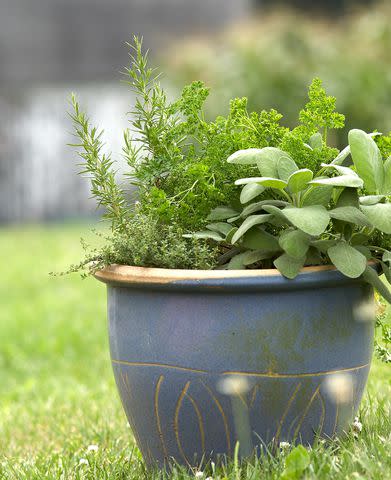
Pick a sunny spot for your pots, then add these aromatic plants. You'll soon be snipping sprigs whenever you need them.
A beautiful, useful herb garden doesn't need to be huge; you don't even need to use space in your yard at all! Most herbs make excellent container garden plants and will thrive on your deck, patio, balcony, front steps, or window box. To help you narrow down the ones you want to grow, think about which herbs you most enjoy using in your favorite recipes, tea, and other drinks (or DIY projects). You can even try experimenting with several different varieties of one favorite herb, like basil. To give you a little inspiration, here are some of the most reliable and productive herbs for growing in container gardens.

Best Herbs for Container Gardens
Basil
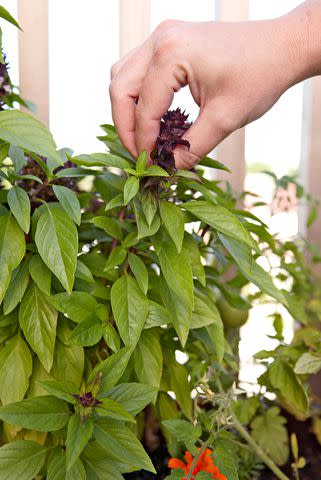
A beloved Italian annual herb, basil grows best in full sun and fertile, moist soil. Once the root system is established, about six weeks after sowing, it tolerates short periods of drought. Depending on the variety, it can grow up to 2 feet tall. Basil is a good companion with parsley, thyme, and other herbs when grown in a pot that holds at least 5 gallons of soil. For small containers, choose a compact variety such as 'Spicy Bush'.
Chives
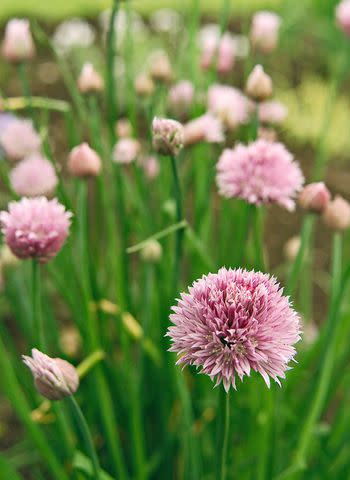
Chives are grassy, clump-forming perennials with hollow leaves. Essentially tiny onions, chives are grown for their leaves and blooms rather than their bulbs. Their fragrant pink-purple spring flowers are also edible. Plant them in well-drained potting soil that's rich with organic matter. They can tolerate light shade but do best in full sun. Chives grow well in container gardens and can reach up to 20 inches tall. Because they're hardy in Zones 3-10, you can leave them outdoors year-round.
Cilantro
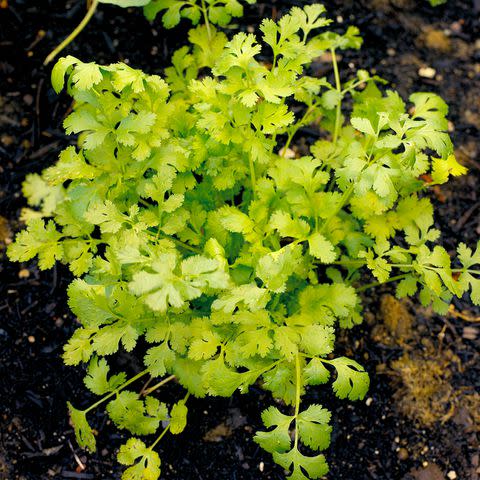
Cilantro, also known as coriander, can be used for its tangy leaves or its dried, ground seeds. Plant this annual herb in well-drained soil. Cilantro grows best in sun, although it tolerates some shade. Because it has a long taproot, place it in a container garden that is at least 12 inches deep. Some varieties can grow up to 2 feet tall.
Tarragon
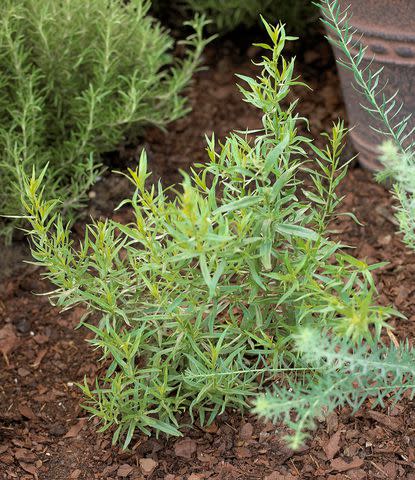
Tarragon is a classic French herb used to season fish and many other foods. Its name is derived from the French word for little dragon, referring to the herb's bold flavor. Plant it in full sun and well-drained potting mix, and it can reach up to 3 feet tall. It tolerates drought well and should not be overwatered. Tarragon can grow in partial shade but does best in full sun. It can also be grown as a perennial and is hardy in Zones 5-9.
Buy It: Tarragon Plant ($13, Etsy)
Lavender

Lavender is a bushy perennial shrub that does best in full sun and well-drained potting mix. Keep it on the dry side and avoid fertilizer, and some varieties can reach up to 2 feet tall. Lavender hardiness depends on the variety; the toughest are hardy in Zones 5-10.
Lemon Balm
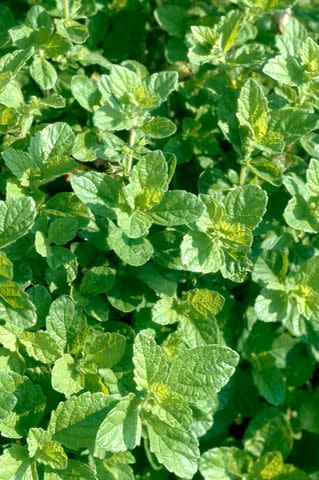
An old-fashioned favorite that spreads freely and self-sows readily, lemon balm is perfect for container gardens so it doesn't take over the yard. Plant in partial shade or full sun and in moist, rich, well-drained potting mix. As a perennial, it's hardy in Zones 3-10 and can grow up to 2 feet tall.
Lemon Verbena
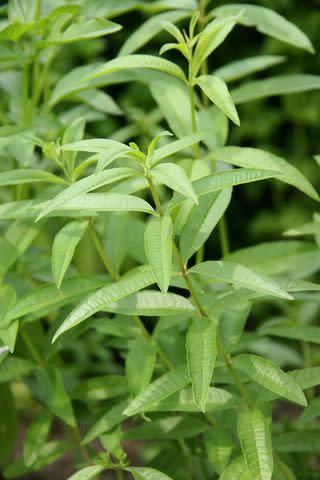
Lemon verbena is a tropical shrub (hardy in Zones 9-10) that's commonly grown as an annual in container gardens. Plant nursery-grown plants in pots filled with well-drained potting mix. Avoid fertilizer as lemon verbena grows best with few nutrients. It prefers full sun and can grow up to 3 feet tall.
Marjoram
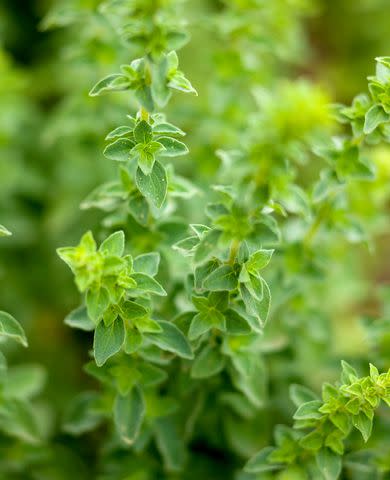
An oregano relative, marjoram has a sweeter, milder flavor and aroma than its cousin. Grow it in full sun and well-drained potting mix, and it can eventually reach up to 2 feet tall. It's perennial in Zones 8-10, so gardeners in colder areas can grow it in container gardens indoors over winter.
Mint
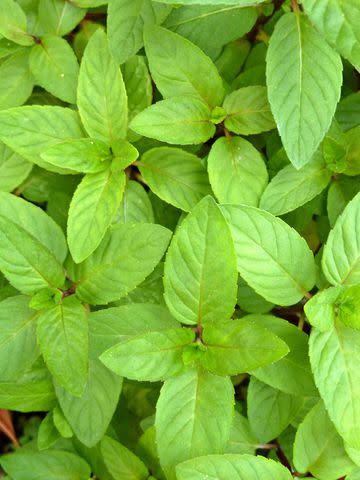
Mint is such a vigorous plant that it will become invasive unless it's confined in a pot. Grow it in full sun or partial shade. Mint can grow in many soil types and degrees of sunlight, but it produces the best leaves in rich soil. It's a perennial, but its hardiness varies by variety, so check which type you're growing. Its size can also vary, but some plants can stretch up to 2 feet tall.
Buy It: Sweet Mint ($15, The Home Depot)
Oregano
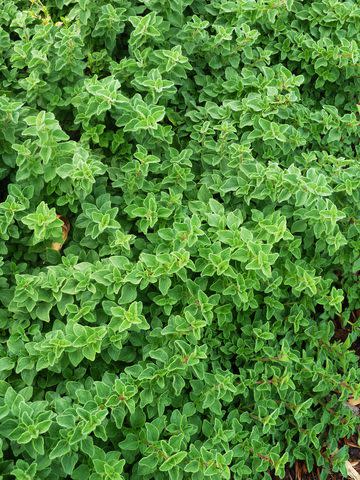
Oregano is an essential ingredient in Mediterranean cuisines. The plant is a shrubby perennial (hardy in Zones 5-10) that does best in full sun and well-drained potting mix. The more sun oregano receives, the stronger the flavor of the leaves. It doesn't tolerate wet soil and will grow up to 2 feet tall.
Buy It: Italian Oregano Plant ($13, The Home Depot)
Rosemary
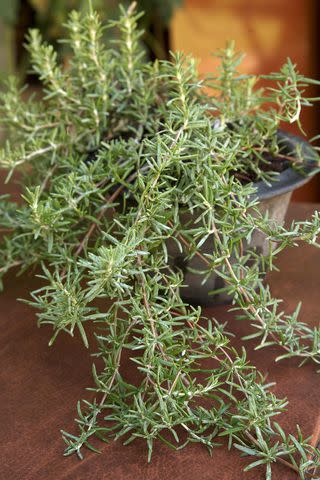
A Mediterranean evergreen shrub (hardy in Zones 7-10), rosemary likes hot, dry, sunny spots, and can reach up to 3 feet tall. Quick-draining soil is the key to good growth, but it's also drought-tolerant. Keep the soil moist but never wet when grown indoors.
Sage
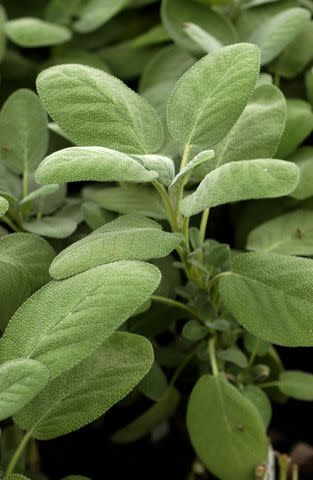
Sage is a favorite for seasoning poultry. Best grown in full sun and moist, well-drained potting mix, sage is perfect for adding structure to container gardens. Most varieties are hardy in Zones 4-10 and can grow up to 2 feet tall.
Thyme
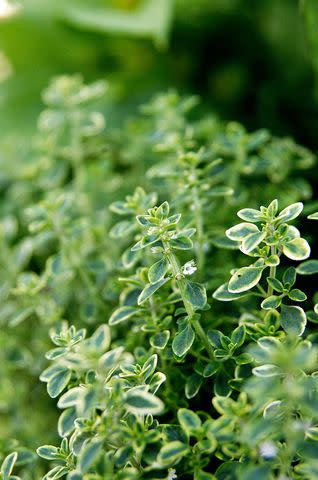
Thyme comes in many varieties, but all grow best in full sun and well-drained soil. Thyme doesn't tolerate wet soil, so avoid overwatering (check the soil before watering, and wait until it's dry to the touch to give it a drink). It's hardy in Zones 4-10 and is perfect for small-space containers since it only reaches about 10 inches tall.
Buy It: German Thyme Plant ($13, The Home Depot)
Once you've selected the herbs you want to have on hand, just make sure to place them in a spot that gets at least eight hours of direct sun every day, and water when they need it. And it's best to avoid adding fertilizer; most herbs will give you the strongest fragrance and flavor when they're grown in lean soil.
Perennial herbs can survive in containers outdoors year-round if the pots are large enough (holding at least 5 gallons of soil), have good drainage, and are hardy in your Zone. Use plastic pots if you keep them outdoors year-round; ceramic or clay containers can crack from freeze-thaw cycles. Or lift your perennial herbs from pots and transplant them into the garden in late summer, giving the herb enough time to establish a new root system to survive winter. You can also treat container-grown perennial herbs as annuals, discarding them at the end of the season.